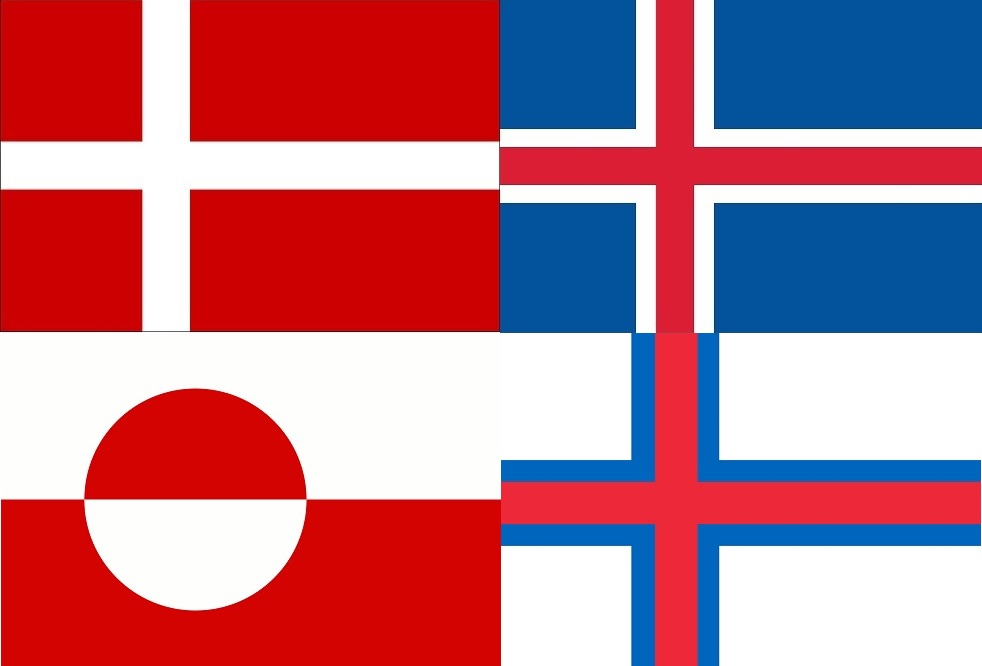Thisted, Kirsten »Imperiets genfærd: Profeterne i Evighedsfjorden og den dansk-grønlandske historieskrivning«. In: Nordlit 35, (2015), 105–121.
Kirsten Thisted shows in her well-structured article that ambivalence is what distinguishes Leine’s Profeterne i Evighedsfjorden from the popular narratives about Danish-Greenlandic history.
The aim and main question of her article is phrased as followed: »Det skal […] i det følgende undersøges, hvordan romanen forholder sig til de gængse narrativer om dansk kolonialisme i Grønland, samt hvordan den bidrager til den aktuelle forhandling af Rigfællesskabet og fortællingen om den dansk-grønlandske historie (105).« Thisted shortly explains Kim Leine’s relation to Greenland and gives a summary of Profeterne i Evighedsfjorden before comparing it with Isbjørnen by Henrik Pontoppidan. Then she turns to the narrations of Danish colonialism. Here she points out that in both narrations – Denmark as the good colonial power and Denmark as the bad colonial power – Denmark is the operating participant and takes centre stage. Contrary to expectations, Leine’s way of narrating Danish colonialism is different. As Thisted shows in her chapter Leine og kilderne (108ff.), Leine is taking in Greenlandic sources as a basis for his work. By doing so he gives Greenlanders a voice too and arranges his narration more ambivalently.
After that Thisted discusses the two narrative modes (revolutionary) romance and tragedy; Romance being the preferred narrative mode in anti-colonialist literature. This narrative mode is based upon a revolutionary hero which incarnates the positive values of the colonised that had been suppressed by the colonists, and promises the reestablishment of an own nation by winning over the colonists. In the narrative mode of tragedy the plot does not follow the will of the hero and often ends in a bigger conflict than the initial one. The hero cannot control the story’s actions because they are controlled by other powers (e. g. natural power, gods or coincidence). Kirsten Thisted then goes on answering her main question by demonstrating that Kim Leine’s work shows characteristics of romance firstly in the book’s dedication »Tilegnet Grønlands Hjemmefjorden« which sets Profeterne i Evighedsfjorden in a political context and secondly in the hope of the main character Morten Falck for a free Greenlandic nation. Nevertheless Profeterne i Evighedsfjorden ends up as tragedy because it lacks a revolutionary hero which brings his mission to an end. Furthermore Leine’s work—as Thisted showed earlier —is based on Greenlandic sources which go back to the colonial time where there was no basis for a nostalgic longing for the past.
Finally, in the chapter Infødte og blandinger (113ff.) Thisted demonstrates once again the ambivalence in Leine’s work with well-chosen and demonstrative examples. She claims that Leine puts the intimate relatedness of power and countervailing power in the centre of his work, thereby he defies the criticism that he only expands the bad sides of the colonial era between Denmark and Greenland. No wonder that Kirsten Thisted’s points answering her minor questions are based upon the ambivalence Kim Leine uses in his work.

